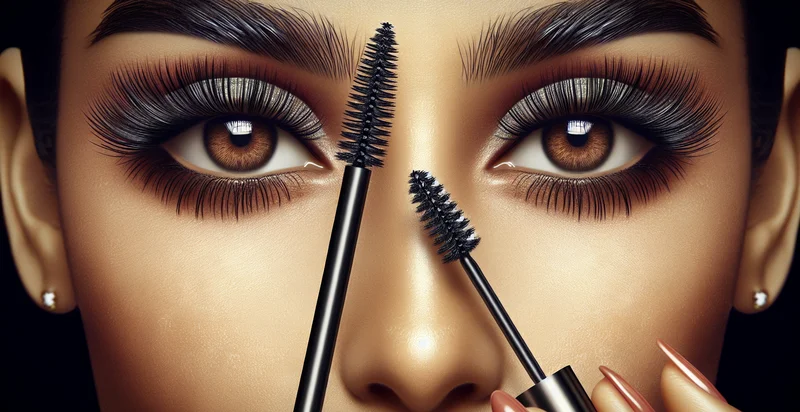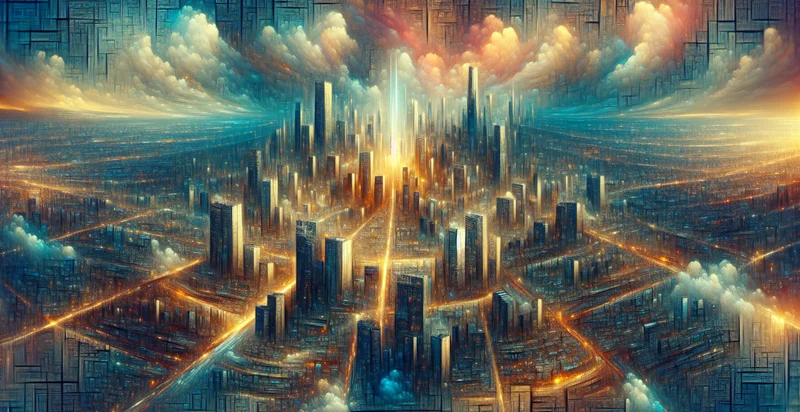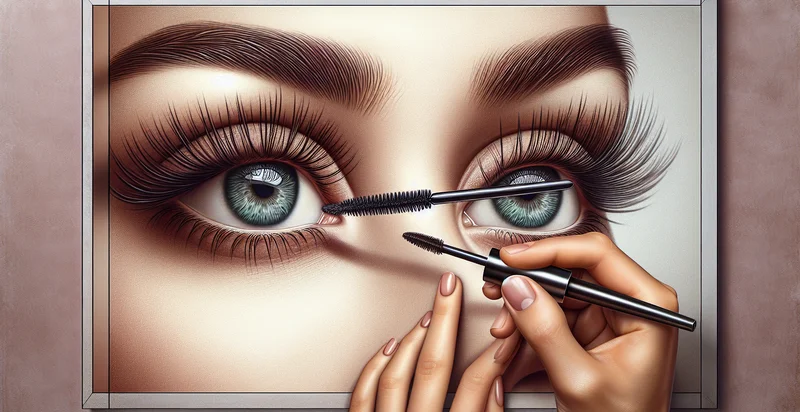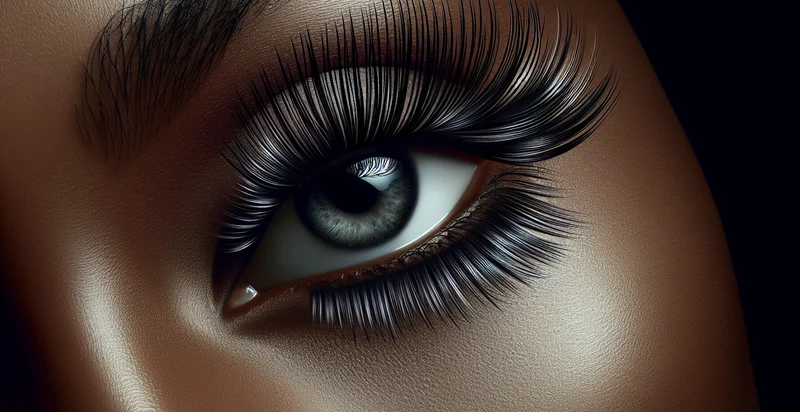Identify mascara effect
using AI
Below is a free classifier to identify mascara effect. Just upload your image, and our AI will predict the style of mascara it is - in just seconds.

Contact us for API access
Or, use Nyckel to build highly-accurate custom classifiers in just minutes. No PhD required.
Get started
import nyckel
credentials = nyckel.Credentials("YOUR_CLIENT_ID", "YOUR_CLIENT_SECRET")
nyckel.invoke("mascara-effect", "your_image_url", credentials)
fetch('https://www.nyckel.com/v1/functions/mascara-effect/invoke', {
method: 'POST',
headers: {
'Authorization': 'Bearer ' + 'YOUR_BEARER_TOKEN',
'Content-Type': 'application/json',
},
body: JSON.stringify(
{"data": "your_image_url"}
)
})
.then(response => response.json())
.then(data => console.log(data));
curl -X POST \
-H "Content-Type: application/json" \
-H "Authorization: Bearer YOUR_BEARER_TOKEN" \
-d '{"data": "your_image_url"}' \
https://www.nyckel.com/v1/functions/mascara-effect/invoke
How this classifier works
To start, upload your image. Our AI tool will then predict the style of mascara it is.
This pretrained image model uses a Nyckel-created dataset and has 20 labels, including Buildable, Comfortable Wear, Curling, Darkening, Defining, Easy Removal, Fiber Infused, Glossy Finish, Intense Color and Intense Volume.
We'll also show a confidence score (the higher the number, the more confident the AI model is around the style of mascara it is).
Whether you're just curious or building mascara effect detection into your application, we hope our classifier proves helpful.
Related Classifiers
Need to identify mascara effect at scale?
Get API or Zapier access to this classifier for free. It's perfect for:
- Social Media Content Verification: This function can be employed by social media platforms to identify images altered with the 'mascara effect', which exaggerates features and can lead to misleading representations. It enhances content verification processes, ensuring that images shared by users meet community standards for authenticity.
- E-commerce Product Listings: E-commerce websites can utilize this identifier to filter out images that employ the 'mascara effect', ensuring that product images represent items as they are. This can help build trust with consumers, leading to higher conversion rates and reduced return rates.
- Influencer Marketing Analysis: Brands can leverage this function to analyze images used by influencers during campaigns. By identifying altered images, companies can assess if the visual content aligns with authentic brand representation and transparency in their collaborations.
- Advertising Compliance Monitoring: Regulators and advertising agencies can implement this technology to ensure advertisements comply with truth-in-advertising laws by identifying images that employ the 'mascara effect'. This promotes consumer rights and discourages deceptive marketing practices.
- Facial Recognition Accuracy Improvement: Facial recognition software companies can integrate this function to enhance the accuracy of their systems by filtering out manipulated images. By excluding images with the 'mascara effect', they can improve data integrity and reduce false positives in identity verification.
- Beauty and Cosmetic Industry Standards: Organizations within the beauty industry can use this identifier to enforce ethical standards by monitoring images in beauty advertisements and campaigns. It ensures that representations of beauty products remain true to their real effects, fostering industry accountability.
- Public Health Campaigns: Public health organizations can utilize this technology to track and counteract false representations in media related to beauty and self-image. By correctly identifying images that promote unrealistic standards, they can encourage healthier self-perception among the general public.


